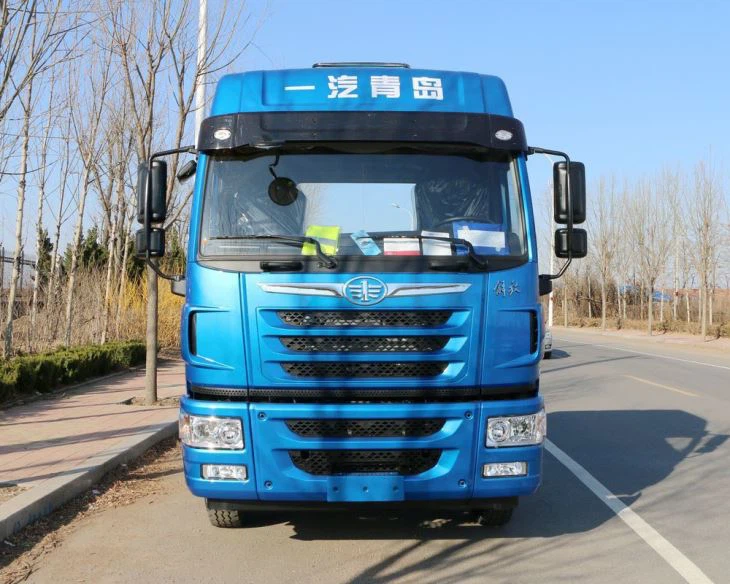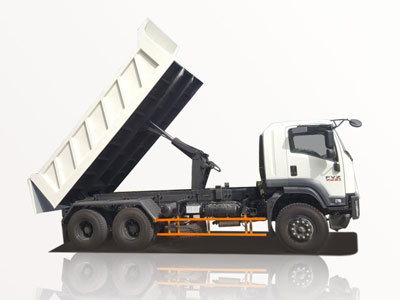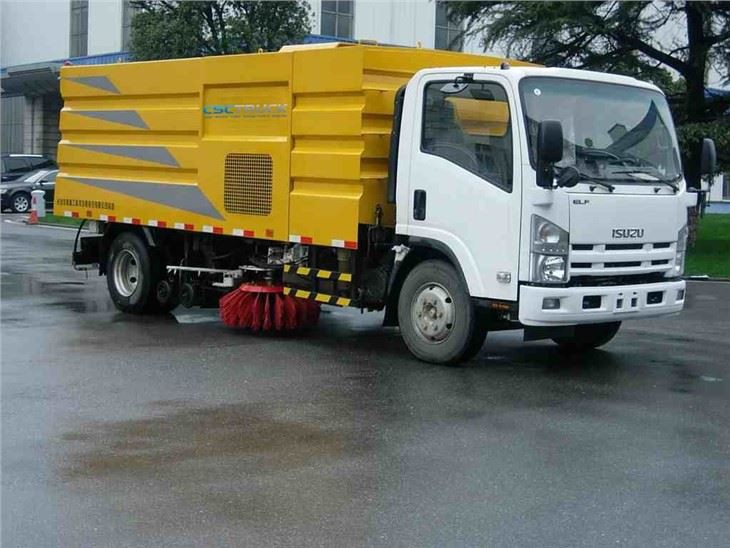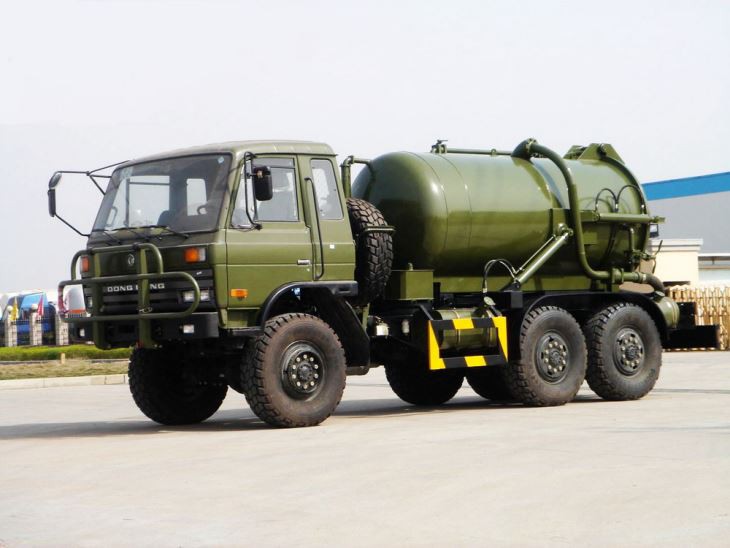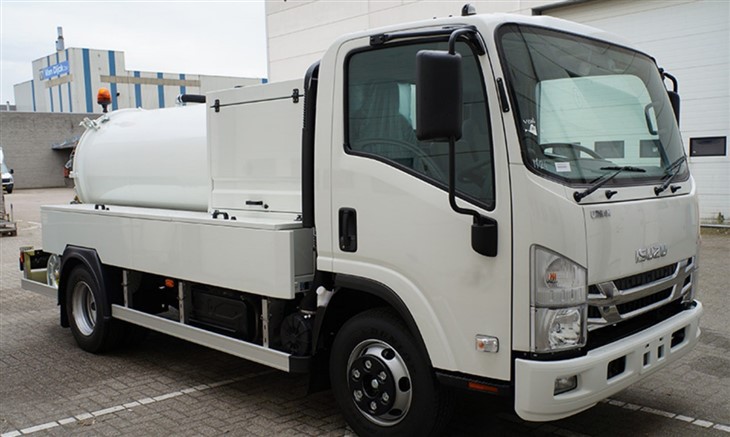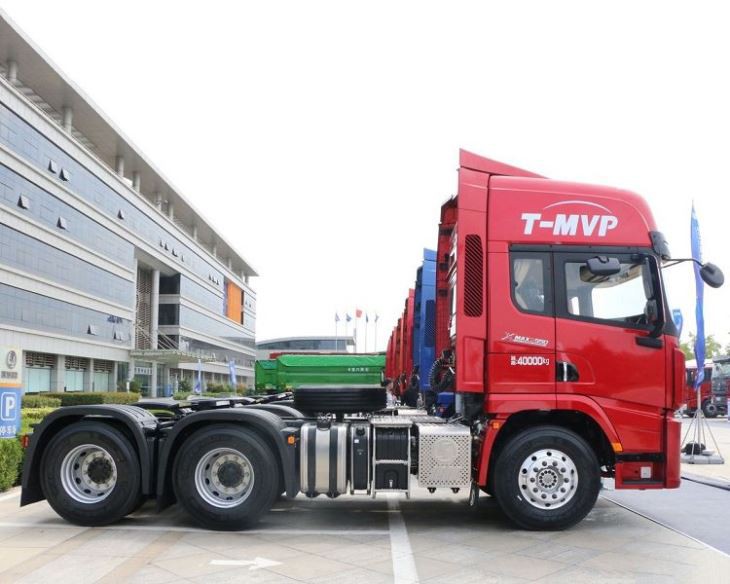Truck low beds are an essential vehicle in the transportation industry, especially for moving heavy and oversized cargo. This article delves into what a low bed truck is, its design features, types, applications, benefits, and practical tips for using them effectively. Whether you’re a logistics manager, a construction business owner, or simply interested in the trucking industry, this guide offers valuable insights.
What is a Truck Low Bed?
A truck low bed, often referred to as a lowboy trailer, is specifically designed for transporting heavy loads that cannot be accommodated by conventional trailers. Their unique construction allows for a lower center of gravity, making them suitable for transporting machinery, construction equipment, and other oversized items.
Design Features of Truck Low Beds
1. Low Deck Height
The most distinguishing feature of low bed trucks is their low deck height. This design enables the transport of taller loads without exceeding legal height limits. Low deck heights typically range from 18 inches to 40 inches off the ground.
2. Heavy-Duty Construction
Low bed trucks are built with robust materials such as steel or aluminum, ensuring they can handle the weight of heavy machinery and equipment. The frames are reinforced to prevent bending or breaking under load.
3. Hydraulic Ramps
Many low bed trailers are equipped with hydraulic ramps that assist in loading and unloading heavy equipment. This feature simplifies the process and reduces the risk of injury during loading.
Example of Loading Process
Consider a scenario where a construction company needs to transport an excavator:
- Position the low bed truck on a level surface.
- Lower the hydraulic ramps to the ground.
- Drive the excavator up the ramps onto the trailer.
- Secure the excavator using chains or straps.
Types of Truck Low Beds
1. Fixed Gooseneck Low Bed Trailers
Fixed gooseneck low beds are a common type wherein the neck is permanently attached to the trailer. They provide excellent stability and are suited for transporting heavy fixed-load equipment.
2. Removable Gooseneck Low Bed Trailers
This design allows the neck to be detached, facilitating easier loading of tall equipment. Removable gooseneck trailers are highly versatile and popular among transportation companies.
3. Multi-Axle Low Bed Trailers
Multi-axle low beds have additional axles to distribute weight evenly, making them ideal for carrying oversized loads. They improve stability, reducing the risk of tire blowouts during transport.
Applications of Truck Low Beds
1. Construction Industry
Low bed trucks are vital in the construction industry for transporting heavy machinery such as bulldozers, cranes, and asphalt pavers from one site to another.
2. Oil and Gas
In the oil and gas sector, these trucks transport drilling rigs, pipelines, and other heavy equipment essential for extraction and processing operations.
3. Heavy Manufacturing
Manufacturers frequently require low beds to move large machinery and industrial equipment, ensuring smooth operations across multiple facilities.
Benefits of Using Truck Low Beds
1. Enhanced Stability
The low center of gravity in low bed trailers provides enhanced stability during transport, reducing the risk of tipping, especially on uneven terrain.
2. Increased Load Capacity
These trucks can handle heavier loads compared to standard trailers, making them a cost-effective solution for transporting various oversized items.
3. Improved Safety
Low bed trailers are designed with safety features such as secure tie-downs and hydraulic ramps that minimize risks during loading and unloading.
Practical Tips for Using Truck Low Beds
1. Know the Weight Limits
Always be aware of the weight capacity of your low bed truck. Overloading can lead to accidents and damage to the trailer or the cargo.
2. Regular Maintenance
Ensure routine maintenance of your low bed truck, including checking tire pressure, brakes, and hydraulic systems. Regular inspections will prevent breakdowns during transport.
3. Secure Your Load
Use proper tie-down techniques to secure your load adequately. Implementing the right tools and methods will significantly reduce risks associated with shifting cargo during transit.
Example of Tie-Down Techniques
Consider using a combination of chains, binders, and straps to secure your cargo effectively:
- For heavy equipment, use chains and binders rated for your load.
- For lighter equipment, use ratchet straps with sufficient strength.
- Ensure all tie-downs are tight and have minimal slack.
Common Mistakes to Avoid with Truck Low Beds
1. Ignoring Local Regulations
Every state or region may have specific regulations regarding the transportation of oversized loads. Familiarizing yourself with these regulations can prevent legal issues.
2. Failing to Inspect Before Use
Neglecting pre-trip inspections can lead to unsafe driving conditions. Always check for tire wear, hydraulic fluid levels, and brake conditions before embarking on a journey.
3. Inadequate Training for Drivers
Ensure that drivers are adequately trained in handling low bed trailers. Proper training minimizes operational errors and enhances safety on the road.
Cost Factors When Renting or Buying Truck Low Beds
1. Purchase Price vs. Rental Fees
Purchasing a new low bed truck can range from $35,000 to $100,000 or more, depending on the type and specifications. Renting a low bed truck typically costs between $150 and $800 per day, depending on the duration and model.
2. Maintenance Costs
Owning a low bed truck comes with ongoing maintenance costs. Regular service costs, parts replacement, and insurance should be factored into the overall budget.
3. Fuel Efficiency
Consider the fuel efficiency of the truck when making decisions about purchasing or renting. Low bed trucks may consume more fuel due to their weight and load capacities.
Frequently Asked Questions (FAQs)
1. What is the maximum weight a low bed truck can carry?
The maximum weight a low bed truck can carry varies by trailer type and regulations, but they can handle loads from 40,000 lbs to more than 100,000 lbs.
2. Are low bed trailers suitable for all types of cargo?
While low bed trailers are excellent for oversized and heavy cargo, they are not ideal for regular freight. Standard flatbeds or enclosed trailers are better suited for lighter loads.
3. How do I ensure my load is secure during transport?
Use appropriate tie-down equipment, follow the recommended weight distribution guidelines, and ensure all securing points are tight before transporting your load.
4. Can low bed trailers be used for long-distance transportation?
Yes, low bed trailers are designed for long-distance transportation of heavy loads. Ensure the proper setup and maintenance for safe journeys.
5. What are the common sizes of low bed trailers?
Low bed trailers typically range in length from 20 to 60 feet and in width from 8.5 to 10 feet. Custom sizes are also available for specific needs.
6. How often should I conduct maintenance on a low bed truck?
Routine maintenance should be conducted every 500 to 1,000 miles, with thorough inspections before long trips. Regular checks on hydraulic systems, axles, and brakes are essential.
